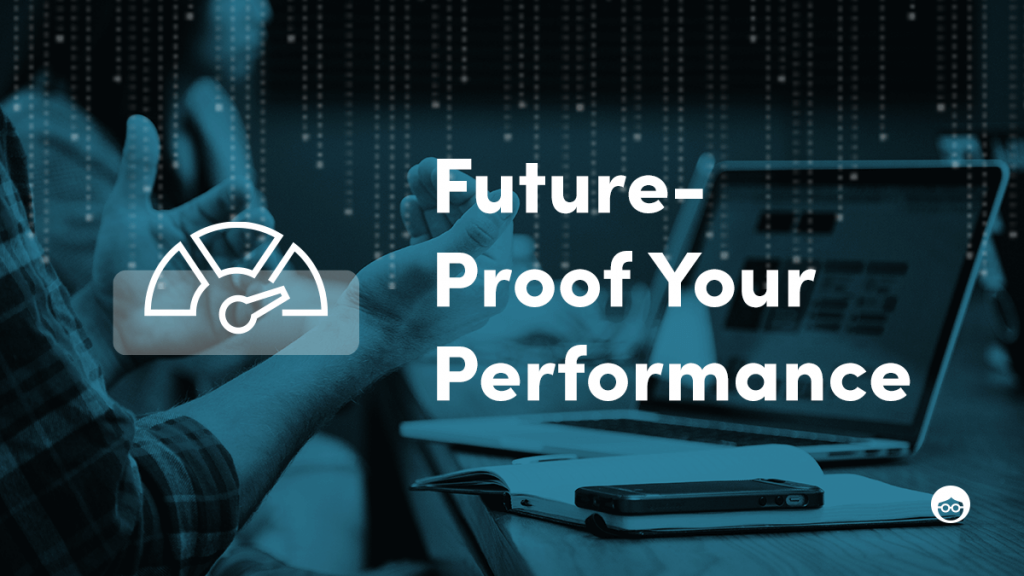What Will a Cookieless Future Look Like? It’s Already Here

Using better signals to build a future-proof identity and performance strategy
It has been over three years since major browsers like Google Chrome and Safari announced their intention to fully phase out third-party cookies, the key mechanisms that have historically powered audience targeting and personalization on the modern web.
The industry is at a turning point – marketers, publishers, and platforms alike recognize that better solutions are needed to deliver relevant experiences and ultimately drive results. Consumers need better privacy controls, and platforms need more reliable ways to ensure the experiences they deliver add value for the consumer. There is no doubt our industry needs a stronger foundation to provide engaging, relevant, and secure experiences for all parties on the open web.
Going Beyond Context: Understanding Consumer Mindset
You might notice that every platform currently boasts a contextual strategy to save marketers from cookie decay. Context is important, but Contextual targeting alone is not enough to maintain, let alone improve, your strategy.
Pre-dating the modern cookie crisis, Outbrain has always taken a different approach to personalization. Our technology leverages various signals based on editorial context, user interest, and engagement to provide the most relevant experiences. We believe that the best way to resonate with consumers has never been through back-door usage of personal data – but through real understanding of how interest signals intent, and how context-powered machine learning can help you find more of those consumers.
Outbrain’s direct, code-on-page publisher relationships and patented recommendation technology uncover consumer interests based on how users engage with content. Three key elements underpin Outbrain’s understanding of true consumer interest:
- A consumer’s reading habits across a given publisher throughout the day
- The context of the page that drives them to take action in the moment
- Billions of historical engagement and performance data points across our network.
Those signals not only power advertiser recommendations – like offers from e-commerce brands – but also power recommendations of the editorial articles consumers will find most interesting.
So how do those assets translate to real solutions for marketers? At Outbrain, we believe it comes down to two core pillars, which underpin our straightforward, effective identity solutions for our clients.
1. Beyond reaching the right audience: Reaching the right mindset
Coupling patented understanding of reader interest with industry-standard solutions
One of the biggest use cases for third-party cookies is consumer targeting. Cookies have long been used to identify when a consumer looked at a specific page or product, and/or to target demographics. Marketers have relied on these data points to serve relevant ads, associating factors like gender and age with a consumer’s potential interest in an offering.
This strategy overlooks a critical element: mindset. For example, someone might appear to be browsing for shoes, but is really conducting trend research for their job at a fashion magazine. Identifying these nuances is crucial for optimizing relevancy for the consumer.
Outbrain believes the combination of articles consumers read across a given publisher, and the context that ultimately drives action from them, provide far more insight into their profile and state of mind.
Consumer reading habits, and the actions they take from various articles, are what build the Outbrain Interest Graph. The Interest Graph collects data points from 1 billion consumers, surfacing their combination of interests to give marketers better understanding of consumer mindset, based on context rather than demographic.
The Interest Graph doesn’t rely primarily on cross-site profiles; most Interest Profiles are based on reading habits across individual publishers. And it continues to be one of Outbrain’s most successful tactics for marketers. Outbrain marketers who use Interest Targeting see up to 55% higher conversion rates on average.
Our ultimate goal is to provide the most comprehensive cookieless solutions for buyers, and this includes partnering with as many industry-standard, privacy-safe solutions as possible.
Outbrain fully supports universal ID solutions including LiveRamp Authenticated Traffic Solution and the ID5 ID. These solutions, in addition to Outbrain’s unique Interest and Contextual solutions, not only give marketers the ability to reach specific audiences, but to expand their impact with offerings proven to increase engagement, and deliver vital advertiser budgets to open web media owners.
So how else are we empowering marketers to take on the future of open web advertising?
Contextual data has always underpinned the Outbrain platform: it powers how we serve recommendations, and personalize feeds to match both the publisher page and consumer’s interest. And it powers how we drive real outcomes, rather than views and impressions.
2. Understanding mindset to driving concrete outcomes
Automation tools to drive action, and programmatic solutions to drive engagement
Outbrain’s platform has always been built on engagement. It is a constant feedback loop that traces which interests and contextual signals drive specific actions. We’ve covered how interest and context fuel a deeper understanding of consumers versus (often arbitrary) demographic factors.
That brings us to the second portion of our key focus: how mindset translates to concrete outcomes. Outbrain’s platform not only helps marketers find the most relevant audience – it provides avenues to drive real action from that audience, from sales, to pageviews, and more.
Our two automation engines, Conversion Bid Strategy and Engagement Bid Strategy, use machine learning to understand how context drives action for specific goals. They auto-adjust your bidding strategy for the topics and sections proven to drive the outcome you need.
Whether it’s engagement (like page views or session duration) or conversion (at your specific ROAS or CPA), Outbrain bid strategies use years of historical data, and your own first-party analytics, to hit your goals. On average, our bid strategies reduce CPAs by 50 percent, and increase conversion by 30 percent.
We’ve now taken our contextual expertise to the programmatic side of our business: We’ve used those same engagement signals to help programmatic buyers optimize their campaigns for engagement on a pre-bid basis.
Our Max CTR Deal analyzes billions of contextual data points in real time, to only send buyers bid requests for the highest engagement opportunities, on a pre-bid basis. In the same way platforms guarantee viewability with pre-bid solutions, Outbrain guarantees real engagement and outcomes on a pre-bid basis – which will only become more important as cookies fully decline.
Again, the results speak for themselves – programmatic buyers benefit from a 5x higher (yes, 5x) CTR with the Max CTR deal versus run-of-network campaigns.
Unlike arduous methods of the past, that required complex reporting and manual optimization, Outbrain’s automation tools take the manual labor and guesswork out of driving outcomes – expanding your strategy beyond views and impressions, without reliance on cookies.
The Bottom Line
While these regulations have forced a tectonic shift within the industry, they’ve also sparked much- needed updates to long-held targeting and tracking methods. We see a future where the web is about privacy-safe personalization that enhances value for publishers and advertisers, all while creating a more transparent and sustainable environment for consumers. Preparing for that future begins today.


